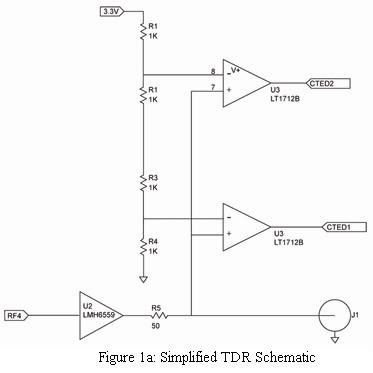sreepss
Full Member level 4
- Joined
- Jun 10, 2009
- Messages
- 204
- Helped
- 29
- Reputation
- 60
- Reaction score
- 27
- Trophy points
- 1,308
- Location
- Cochin, Kerala, India
- Activity points
- 2,376
Hi Friends,
Iam in middle of a project which impliments to measure of find fault locations in an underground cable. i think using the principle of Time domain reflectometry(TDR) the problem can be solved. Anyone have the idea about how to implement the TDR using a microcontroller (PIC or AVR)???
i stucked in that how to implement it:sad::sad::sad:
Iam in middle of a project which impliments to measure of find fault locations in an underground cable. i think using the principle of Time domain reflectometry(TDR) the problem can be solved. Anyone have the idea about how to implement the TDR using a microcontroller (PIC or AVR)???
i stucked in that how to implement it:sad::sad::sad:
